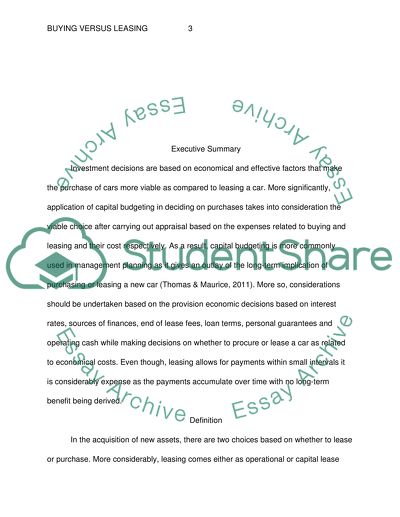Cite this document
(“Buying Versus Leasing Assignment Example | Topics and Well Written Essays - 2250 words”, n.d.)
Buying Versus Leasing Assignment Example | Topics and Well Written Essays - 2250 words. Retrieved from https://studentshare.org/macro-microeconomics/1450647-should-i-lease-or-buy-a-car
Buying Versus Leasing Assignment Example | Topics and Well Written Essays - 2250 words. Retrieved from https://studentshare.org/macro-microeconomics/1450647-should-i-lease-or-buy-a-car
(Buying Versus Leasing Assignment Example | Topics and Well Written Essays - 2250 Words)
Buying Versus Leasing Assignment Example | Topics and Well Written Essays - 2250 Words. https://studentshare.org/macro-microeconomics/1450647-should-i-lease-or-buy-a-car.
Buying Versus Leasing Assignment Example | Topics and Well Written Essays - 2250 Words. https://studentshare.org/macro-microeconomics/1450647-should-i-lease-or-buy-a-car.
“Buying Versus Leasing Assignment Example | Topics and Well Written Essays - 2250 Words”, n.d. https://studentshare.org/macro-microeconomics/1450647-should-i-lease-or-buy-a-car.


